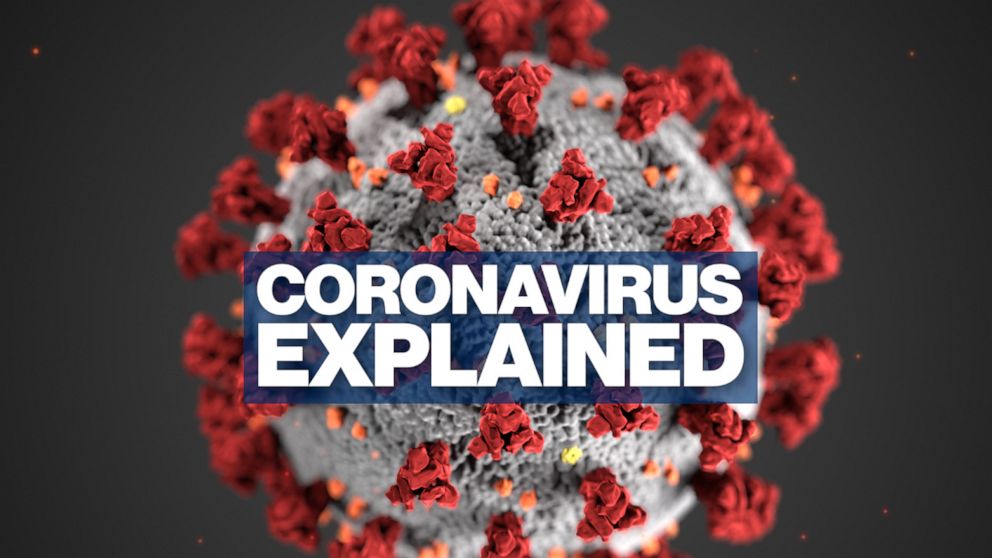Understanding the Coronavirus Mortality Rate
 Foolishly, I got involved with a whole bunch of people who believe passionately that the economy should be reopened immediately, and consider the restrictions to be some mixture of slavery, false imprisonment, and violations of their constitutional rights to assemble. They come from all walks of life: musicians, salespeople, etc. Several of them say that the death rate from the virus is a small fraction of 1%, the same as the annual flu.
Foolishly, I got involved with a whole bunch of people who believe passionately that the economy should be reopened immediately, and consider the restrictions to be some mixture of slavery, false imprisonment, and violations of their constitutional rights to assemble. They come from all walks of life: musicians, salespeople, etc. Several of them say that the death rate from the virus is a small fraction of 1%, the same as the annual flu. When I pointed out the fallacy in this reasoning, a received a hail of hate comments that I had thought would have been reserved for devil-worshipers or child molesters.
One, however, politely wanted me to provide my reasoning, to which I replied:
Let me say going in that I’m not a statistician, but I have an extremely strong math background (physics degree and 40+ years tutoring everything from arithmetic to calculus).
As of this moment, worldwide, there are 3.39M confirmed cases. 1.06M have recovered, and 239K have died.
It doesn’t matter if there are more cases than we know of. Obviously there are more, because we have a severely limited capacity to test. Maybe there are 10 times more. Maybe 50. No one knows, and it doesn’t matter. Here’s why:
The mortality rate is the relationship between the deaths and the resolved cases. A case is resolved when the patient either dies or recovers. Of the 3.39M cases (or 10 times that, or whatever), some will die, and some will recover.
At this moment we have 239K deaths and 239K + 1.06M or 1.299M resolved cases. The death rate is the ratio between the two, 239K / 1.299M = 18.4%.
Could this improve over time? Of course. In particular, we could have a vaccine. In addition, “flattening the curve” enables more and better healthcare.
I’m really not trying to be nasty with anyone here, though I would like to indicate that those with no scientific training lack the skills required to make informed decisions on this matter.
